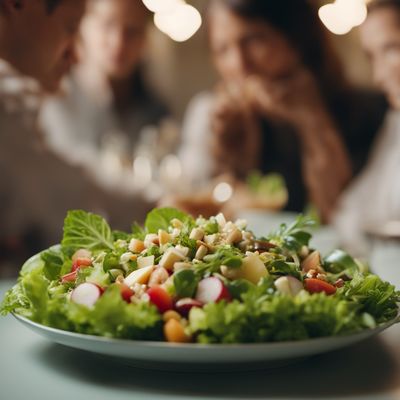
Cuisine
Martinican cuisine
Martinican cuisine is a reflection of the country's history and culture. The cuisine is a fusion of African, French, and Indigenous flavors and ingredients. Martinican dishes are often bold and spicy, with a mix of sweet and savory flavors. The cuisine is also known for its use of seafood, rice, and beans.
Typical ingredients
Rice, Beans, Plantains, Yams, Seafood, Chicken, Beef, Pork, Hot peppers, Garlic, Thyme, Parsley, Scallions, Lime juice
Presentation and garnishing
Martinican dishes are often presented in a colorful and vibrant way, with a mix of different textures and flavors. Garnishes may include fresh herbs, sliced vegetables, or a sprinkle of spices.
Martinican cuisine is a reflection of the country's diverse population and history. It is a fusion of different flavors and ingredients that have come together over time.
More cuisines from this region...
Jamaican cuisine, Trinidad and Tobago cuisine, Haitian cuisine, Cuban cuisine, Dominican Republic cuisine, Puerto Rican cuisine, Antigua and Barbuda cuisine, Bahamian cuisine, Barbadian cuisine, Dominica cuisine
History
Martinican cuisine has a rich history that is tied to the country's diverse population. The cuisine has been influenced by African, French, and Indigenous cultures. The dishes are a reflection of the country's history and the different groups of people who have lived there over the years.
Cultural significance
Martinican cuisine is an important part of the country's culture and identity. It is often served at special occasions and celebrations, such as weddings and festivals. The cuisine is also a way for Martinican people to connect with their heritage and traditions.
Health benefits and considerations
Many Martinican dishes are high in fat and calories, so it is important to eat them in moderation. However, the cuisine also includes many healthy ingredients, such as vegetables and seafood.
Martinican cuisine dishes
Martinican cuisine recipes Browse all »
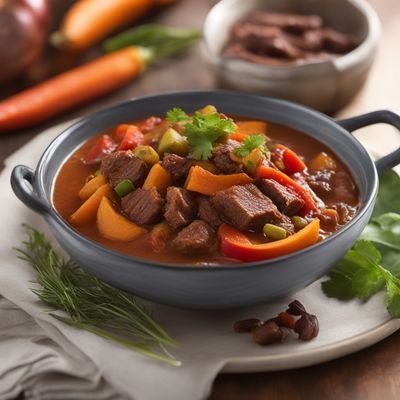
Martinican Pochero
Exotic Island Stew: Martinican Pochero

Martinican Krokiet
Savory Delight: Martinican Krokiet - A Fusion of Polish and Caribbean Flavors

Martinican Mango Sharlotka
Tropical Twist: Martinican Mango Sharlotka

Martinican Gobi Matar Curry
Exotic Martinican Gobi Matar Curry: A Fusion of Indian and Caribbean Flavors
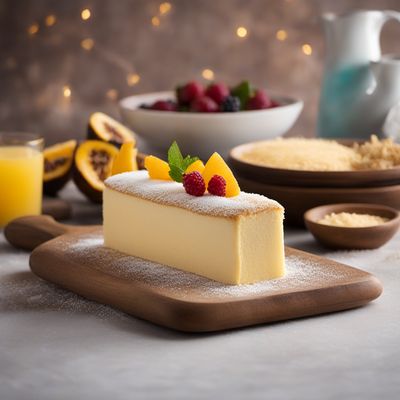
Martinican Bûche de Noël
Exotic Yule Log: A Tropical Twist on the Classic French Dessert

Martinican Braşovence
Caribbean Delight: Martinican Braşovence
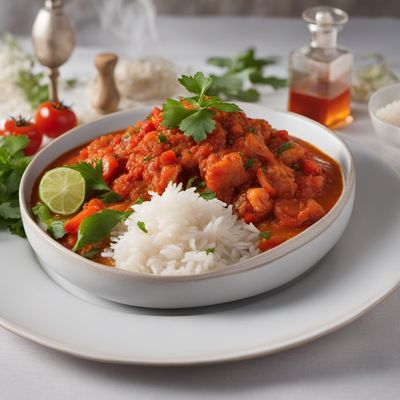
Maouri à la Martiniquaise
Spicy Martinican Maouri Delight

Martinican Palm Heart Salad
Tropical Delight: Martinican Palm Heart Salad

Martinican Coconut Biscuit Delight
Coconut-infused Biscuit Bliss from Martinique
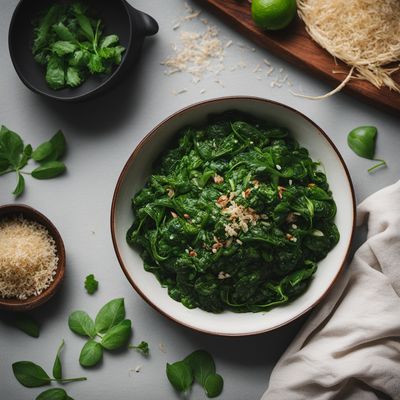
Martinican Spinach and Coconut Pkhali
Tropical Twist: Martinican Spinach and Coconut Pkhali
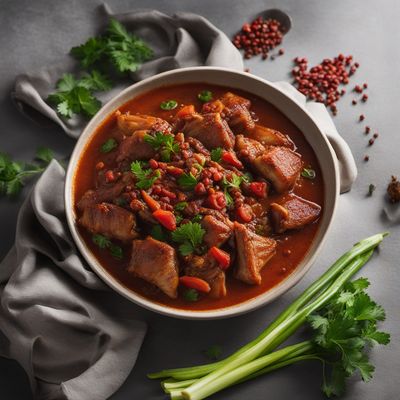
Martinican-style Lizhi Rou
Exotic Lizhi Rou: A Fusion of Chinese and Martinican Flavors

Martinican Karē Pan
Savory Martinican Curry Puffs
